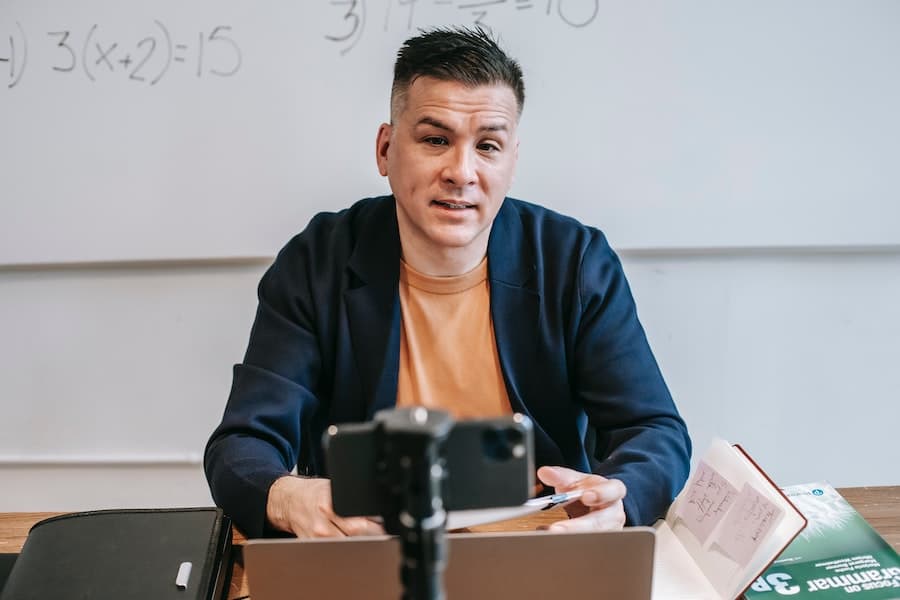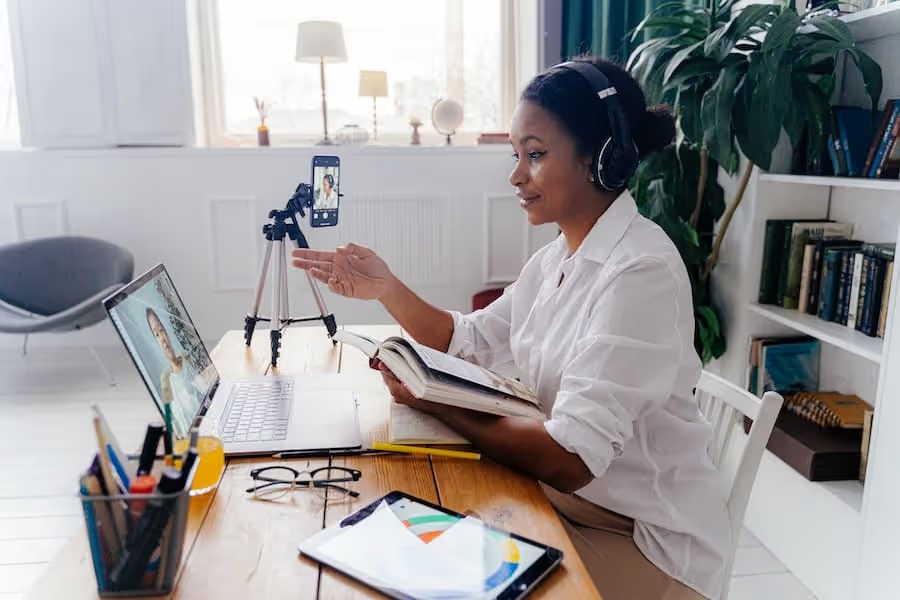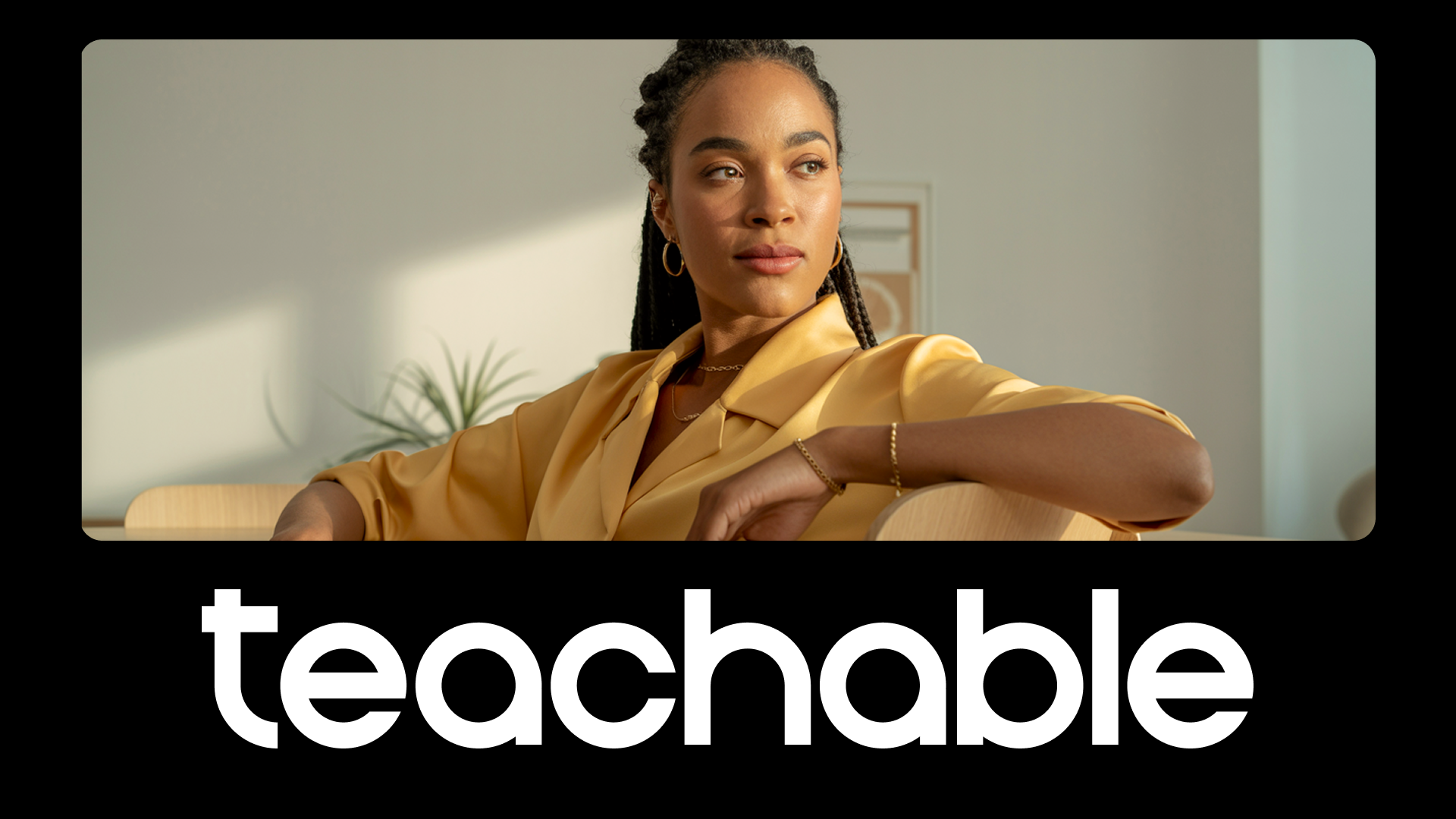Considering different teaching styles is important because everyone has a different learning style too. If you want to engage students and increase participation and retention, it’s important to consider different approaches that will resonate with them. Those various approaches will also help you get through to them.
Plus, depending on what you’re teaching, different subject matters are better suited for certain teaching styles. While most teachers have a personal model, it’s important to be flexible and try different teaching styles to find an approach that will reach all of the needs of your current and potential students.
The relationship between a teacher and student is a special one. Think back to one of your favorite teachers growing up. What was something you loved most about them? Maybe it was how they encouraged or challenged you, or perhaps it was their passion for the material. Whatever it was about the style the teacher presented that landed for you, chances are their approach to teaching was compatible with your learning style.
Some common student learning styles include:
- Audio learners: These people retain information best by hearing it.
- Visual learners: These students retain information best by seeing it.
- Kinesthetic learners: Those who learn best this way retain information best by doing or moving their bodies.
To accommodate these different learning styles, an effective teaching style would incorporate a blend of audio (i.e. lesson), visual (i.e. presentation), and kinesthetic (i.e. hands-on activity) materials and/or exercises.
Take our quiz.
Find out whether you should create a cohort-based course or a self-paced course.
Creating a space for learning
For effective teaching to occur, students should ideally feel encouraged, respected, and acknowledged. We can’t always guarantee our classroom—whether physical or virtual—is a safe space. That’s because as teachers, we don’t always know what personal experiences students have gone through. But what we can offer is a brave space for learning, as Micky ScottBey Jones describes.
It’s important to understand that if a student feels put down or shamed during their learning process, the part of their brain that retains information shuts down. They actually can’t learn in that type of environment. This is perhaps not as common in online learning spaces, but certainly, something to be aware of. Especially for teachers who lean more toward authoritative styles, which we’ll cover below.
Before we dive into various teaching styles, as well as the pros and cons for each of them, let’s look at two different approaches to teaching:
1. Teacher-centered approach
Imagine walking (or tuning) into a class, and the teacher follows their lesson plan to a tee, never going off script. They take on the role of authority. Passing on information through direct instruction, while students merely listen and absorb. This is an example of a teacher-centered approach to teaching. While this type of teaching is generally considered the most traditional, it isn’t necessarily always the most effective.
2. Student-centered approach
On the other hand, you have a student-centered approach. For this one, imagine you walk (or tune) into a class, and the teacher checks in with their students to see where everyone is at. They ask if anyone has any questions and connects with the class to start. Then, the teacher tailors class time to meeting students where they are. This is an example of a student-centered approach to teaching. This offers space for building trust and fostering connections with students.
It’s important to note that neither approach is good or bad, nor right or wrong. Each can work in different settings and with diverse audiences. It is, however, a good idea to try to incorporate both approaches. Finding a balance between the teacher-centered approach’s structure and the student-centered approach’s flexibility is ideal. This is not a one-size-fits-all undertaking and, most likely, will differ with each new group of students or cohort.

{{audience-component="/blog-shortcodes/blog-popup"}}
List of different types of teaching styles
We’re going to cover five different types of teaching styles.
- Lecturer is a traditional teacher-centered approach of one-way communication from teacher to students. Also referred to as an authoritative style. Lecturing is ideal for large groups of students, like a college lecture course. Or for online, pre-recorded courses, when two-way interaction isn’t realistic. While a pro of this type of teaching style is covering a lot of material quickly, a drawback is lower retention rates, as there is minimal active learning occurring.
- Demonstrator is mostly teacher-centered but more open to student involvement. The teacher is still the formal authority presenting the material but might ask engaging questions to start a discussion. And they might go beyond lectures to include exercises, presentations, and other visuals. Because of this, it supports more learning styles though may not accommodate all the needs of various students.
- Hybrid offers a balance between student-centered and teacher-centered approaches. In this blended style, the teacher provides structure and flexibility, adapting a lesson plan to activities that keep students engaged. While there is higher student engagement, learning may take place at a slower pace.
- Facilitator is a student-centered approach, in which the teacher moves away from an authoritative role and instead facilitates discussions. Students are free to share their wisdom and use their problem-solving skills through inquiry-based learning. While ideal for real-world applications, this approach might not work as well for theory-based or information-specific classes.
- Delegator is the most student-centric approach. Also referred to as a group style, the teacher observes students in peer-to-peer discussions and collaborations.
Related post: Backward design lesson plan

Teaching style examples
There are pros and cons to each teaching style. So what those styles look like really depends on your subject matter and what will keep your particular group of students engaged. All groups of students are different, so it’s important for teachers to be prepared and adaptable. This might mean experimenting with what will support all students learning.
Lecturing
For instance, lecturing is ideal for a large audience and for covering a lot of material quickly. However, it doesn’t involve active learning or student participation. In addition to college lecture courses, this is also the most common approach for pre-recorded courses, as students can watch at their leisure and engagement is minimal.
Examples:
- Lecture-based course on a science topic
- Lecture-based software classes
Demonstrating
With an online course, you can apply demonstrator teaching methods by offering a community space, such as a discussion board, Facebook group, etc., where students are asked to participate and share responses to different prompts or assignments.
Or, if the subject matter you’re teaching has to do more with showing, not telling, you can utilize video. Exercise classes, art classes, and anything else that involves action can be a great course to use demonstrations for.
Examples:
- Fitness classes
- Art classes
- Cooking classes

Hybrid
A hybrid style strikes a balance between a student-centered and teacher-centered approach. The teacher offers the structure of a traditional classroom, as well as the flexibility to incorporate class activities and meet students where they are. One way to do this for an online course specifically is to offer both pre-recorded and live lessons.
Examples:
- Writing classes
- Photography classes
- Music classes
Facilitator and delegator
Both the facilitator and the delegator styles are most likely to require live sessions rather than prerecorded ones. Although with the latter you can oversee small group activities that take place outside of class in a community space. Teaching strategies that support these teaching styles might include Zoom break-out rooms, relational work through small group or partner exercises, and facilitating discussions that offer space for all students.
As the saying (attributed to Joseph Joubert) goes, “To teach is to learn twice.” To be an effective teacher requires trial and error, and experimenting with different approaches to see what will best support each new group of students. When you find yourself going back to the drawing board, or simply wanting to connect more with your students, refer back to this handy article to consider the approaches again.
Examples:
- Writing workshops
- Emotional work classes
- Meditation or mindfulness practices

FAQs
What are the 5 teaching approaches?
- Lecturer: A traditional teacher-centered approach of one-way communication from teacher to students.
- Demonstrator: A mostly teacher-centered but more open to student involvement.
- Hybrid: A balance between student-centered and teacher-centered approaches. The teacher provides structure and flexibility, adapting a lesson plan to activities that keep students engaged.
- Facilitator: A student-centered approach, in which the teacher moves away from an authoritative role and instead facilitates discussions.
- Delegator: The most student-centric approach. Also referred to as a group style, the teacher observes students in peer-to-peer discussions and collaborations.
What is the most effective teaching style?
There are pros and cons of each teaching style, so it really depends on your subject matter and what will keep your particular group of students engaged. For instance, lecturing is ideal for a large audience and covering a lot of material quickly, however, it doesn’t involve active learning or student participation. A hybrid style, on the other hand, is ideal because it offers a balance of both a student-centered and teacher-centered approach; the teacher offers the structure of a traditional classroom, as well as the flexibility to incorporate class activities and meet students where they’re at. All groups of students are different, so it’s important for teachers to be prepared and adaptable, experimenting with what will support all students learning.
Why are teaching styles important?
Considering different teaching styles is important because everyone has a different learning process. If you want to engage students, it’s important to consider different approaches that will resonate and help you get through to them. Plus, depending on what you’re teaching, different subject matters are better suited for specific teaching styles. It’s important for teachers to be adaptable and try different teaching styles to find an approach that will reach each of their students’ needs.
Join more than 150,000 creators who use Teachable to make a real impact and earn a real income.



.png)





